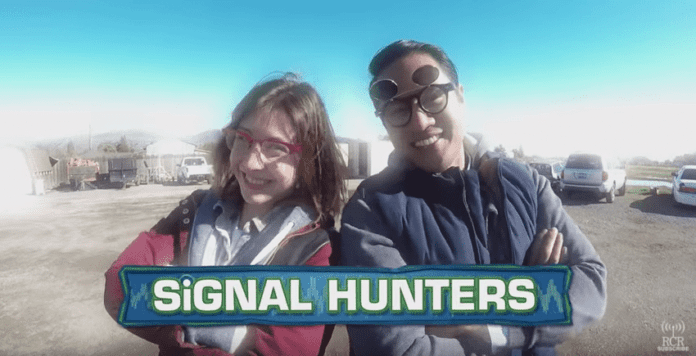Uber is working with AT&T to develop always-on connectivity using 4G and 5G networks for passenger and cargo drones, with the groundwork informing AT&T’s work in the industrial IoT space too.
The pair have announced a “mulit-phase” partnership that will focus in its first year on 4G and 5G for piloted aircraft and autonomous cargo drones operating in low-altitude airspace. The goal is to “test the boundaries of viable new technologies for aerial connectivity”, they said.
Future phases will include experiments with edge computing and network slicing. “These technologies would help further enable dedicated and reliable connectivity for air taxis and drones,” they said in a statement.
Uber has just announced a new helicopter ridesharing service, called Uber Copter, at its annual Elevate Summit. The firm will offer passengers an eight-minute helicopter trip from Lower Manhattan to John F. Kennedy International Airport in New York, according to The New York Times.
Rides will cost $200-$225 per person and include private ground transportation on both ends. Uber is already working with AT&T on the network connectivity for the Uber Copter initiative, according to Tech Crunch.
The AT&T Foundry, the carrier’s lab setup for new technologies, will provide radio access networks, data analysis, drones, and hardware design for the new LTE and 5G experiments. Elevate, Uber’s air mobility business unit, will contribute airspace management, ridesharing software, and flight operations.
The project, which puts focus on next-generation electric vertical take-off and landing vehicles (eVTOLs) and cargo drones, will utilise the Uber Copter service in New York, as well as AT&T and Uber’s existing drone delivery testing in San Diego.
The companies aim to revolutionize short-range air travel and logistics by exploring next-generation operational systems communications networks that enhance safety and reliability.
AT&T’s 5G network is live in 19 cities, with plans to reach 30 cities. It expects to have a nationwide 5G sub-6Ghz service in first half- 2020. It has its eye on drone applications in the IoT space, with use cases in transportation, agriculture, retail, engineering, and public safety.
Uber aims to launch its aerial ridesharing service in 2023 with commercial flight operations in Dallas-Fort Worth, Los Angeles, and an unnamed city outside of the US.
Andre Fuetsch, chief technology officer at AT&T and president at AT&T Labs, said: “We’re in the very earliest stages of seeing what 5G can do to augment next-generation air travel, but we’re excited for the possibilities. Ridesharing services were one of the defining mobile applications of the 4G era. Air taxis and other new air vehicles could well eventually become a signature use case for 5G.”
Tom Prevot, director of engineering for airspace systems at Uber, said: “AT&T’s team of engineers and leading 5G capabilities have the potential to revolutionise wireless connectivity for eVTOLs and drones. AT&T has already made important strides in pioneering connectivity capabilities above 500 feet in urban settings, and we look forward to working with them on the next generation of breakthroughs.”

